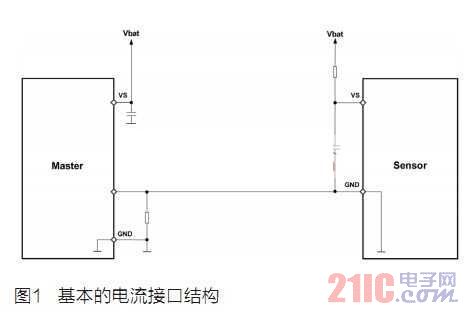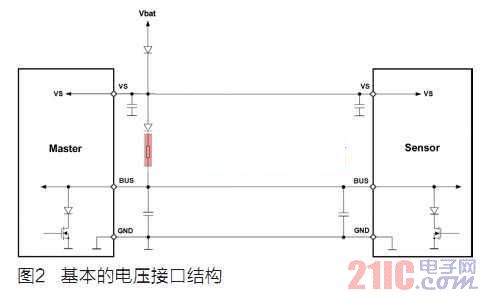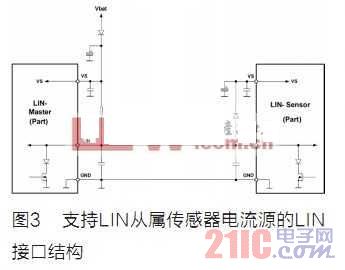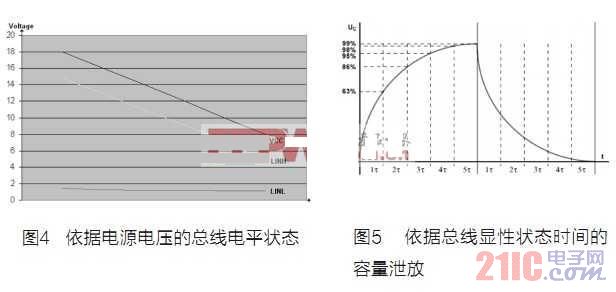Today's cars have an average of more than 50 different sensors for monitoring various physical variables. This number will continue to grow as the use of the brakes increases, requiring the sensor to provide the corresponding input value. In addition, the demand for signal systems is increasing, and the limitations imposed on analog data transmission technologies become apparent, so the challenge faced by engineers has become how to transform a sensor group into an efficient high-performance digital subsystem.
This article refers to the address: http://
The LIN bus technology that drives the sensor combines the advantages of today's voltage modulation and current modulation to enable efficient management of digital data. Atmel is able to offer all the necessary products without relying on the level of integration of LIN applications.
Sensor systems differ in many respects from other electronic components of automobiles. The most important difference is that the sensor is usually located in a harsh environment outside the vehicle, subject to changes in humidity, temperature or pressure. In most cases, the sensor has to be installed in a very limited space and connected to a 2-wire or 3-wire appliance.
Sensor applications are as diverse as the automotive applications themselves.
In the field of power transmission:
-position sensor;
-speed sensor;
-Pressure Sensor;
- Collision sensor.
In the field of driving comfort:
-Temperature Sensor;
- solar height angle sensor;
- light sensor;
-Humidity Sensor;
- Dew point sensor.
In the field of body control:
-Pressure Sensor;
- Gyro sensor.
A typical sensor node has a sensing element, a signal conditioning microcontroller, and a signal transceiver. Since the length of the data line is often greater than 1 meter, the data transmission mainly adopts analog signal adjustment, and the proportion is about 90%. The analog signal adjustment does have some advantages.
Analog signal conditioning technology is compatible with previous mechanical or electromechanical inspection systems and is easy to use and plug. Analog data can be supplied over a voltage range of 0 to 5V so that the sensor can be monitored by an ADC port on the microcontroller that converts the data to digital form. However, the demand for sensors is increasing, which makes analog signal conditioning less attractive. With ADC resolutions of up to 10 bits and the ability to indicate two different failure modes by clamping the signal voltage to the lowest or highest level, analog techniques have reached their performance limits and they will be subjected to different digital data transfer modes. Replaced.

Digital data transmission can be managed by voltage modulation or current modulation. Both types have advantages and disadvantages. Simple current modulation enables cost-effective ECU design and wiring. In the ECU, different pull-up resistors can be used to convert different current levels to different voltage levels. Sensor connections are 2-wire connections, but the disadvantages of pull-up resistors include thermal power dissipation on the sensor module and limited data rates. Other methods based on current conversion, such as the Manchester encoding protocol, require a dedicated transceiver IC, which results in increased system cost.

Voltage modulation has the advantage of adapting to various protocols, from simple PWM to more complex SENT. It has a higher data rate than current modulation. In addition, the ECU input can be designed as a timer-based capture comparison unit. One disadvantage of voltage modulation is that a 3-wire connection must be used. It also includes other issues that may occur in EMC testing because most PWM drivers do not include slope control. In addition, the electrostatic protection function is also weak.

The LIN bus protocol combines all of the above advantages. LIN is a 2-wire interface that helps reduce the cost of wiring. LIN's slew rate control in transceiver ICs enables excellent electromagnetic compatibility, and LIN's ESD protection enables reliable system design for harsh environments. Finally, LIN bus transceivers are highly productive and can be designed to be more cost effective than other designs that require a transceiver IC protocol (eg, a current based conversion protocol).
The concept of system design requires a pull-up resistor at the ECU level to control the current source for the LIN slave sensor via the data line. At the LIN slave sensor, only one snubber capacitor is required. Depending on the value of the capacitor, the selectable data rate is up to 100 kbit/s. Reducing the supply voltage provides an additional option for affecting the data transmission rate. Since the dominant and recessive levels are referenced to the supply voltage, lowering the supply voltage can directly reduce the gap between the high and low levels of the bus reaching the corresponding level. The power supply voltage is reduced by 2V and the data transmission rate is increased by approximately 15%. Unfortunately, it is not possible to reduce the supply voltage under any circumstances. The time portion of the bus dominant level must also be considered as this state causes a bleed of the buffer capacity of the LIN slave negative sensor.

Sensor system design using LIN can be seen as a three-step process. First find a separate slave node design with sensing elements, a LIN-based system base chip, and a microcontroller for signal conditioning and protocol processing. Atmel provides LIN transceivers, LIN System Basis Chips (SBCs) and LIN System-in-Package (SiP) devices to support all levels of integration. With SiP, users can benefit from the ultra-low power design of Atmel's AVR microcontrollers with picoPower technology. The second step is to convert the design into a single-chip, multi-wafer SiP design that saves PCB space and allows engineers to place all of the electronic components into the sensor's connectors. Finally, by integrating the sensor into the chip to implement an intelligent state machine, engineers can further implement advanced single-chip LIN sensor node designs.
In short, from the perspective of the in-vehicle network, the LIN bus not only enhances the car drive, but also makes the sensor area a low-cost, high-performance digital subsystem. Atmel is able to offer all the necessary products for all LIN application integration. AVR microcontrollers with picoPower technology are the key to low power design. In addition, engineers can design the most robust systems that meet EMV standards with advanced electromagnetic compatibility and ESD protection from Atmel's LIN transceivers and SBC.

VIPA PLC,VIPA System 300V,Interface Module,Digital Input Modules
Xiamen The Anaswers Trade Co,.LTD , http://www.answersplc.com